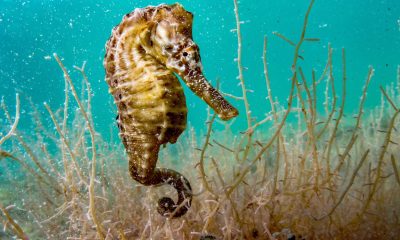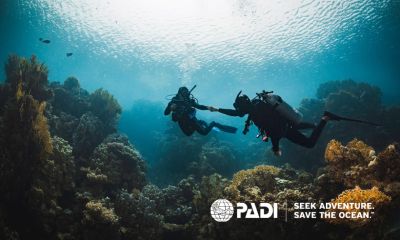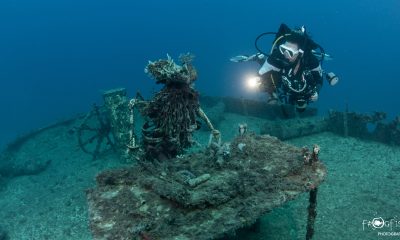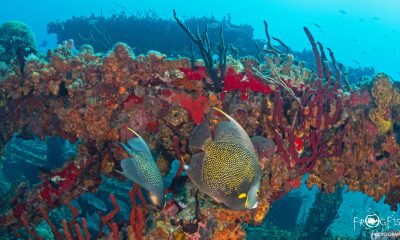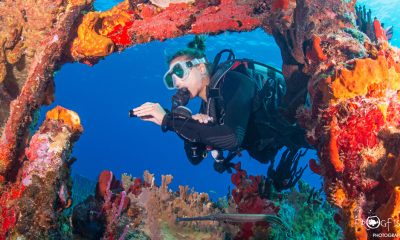Blogs
Photographing Caribbean Reef Sharks in Nassau, New Providence, Bahamas
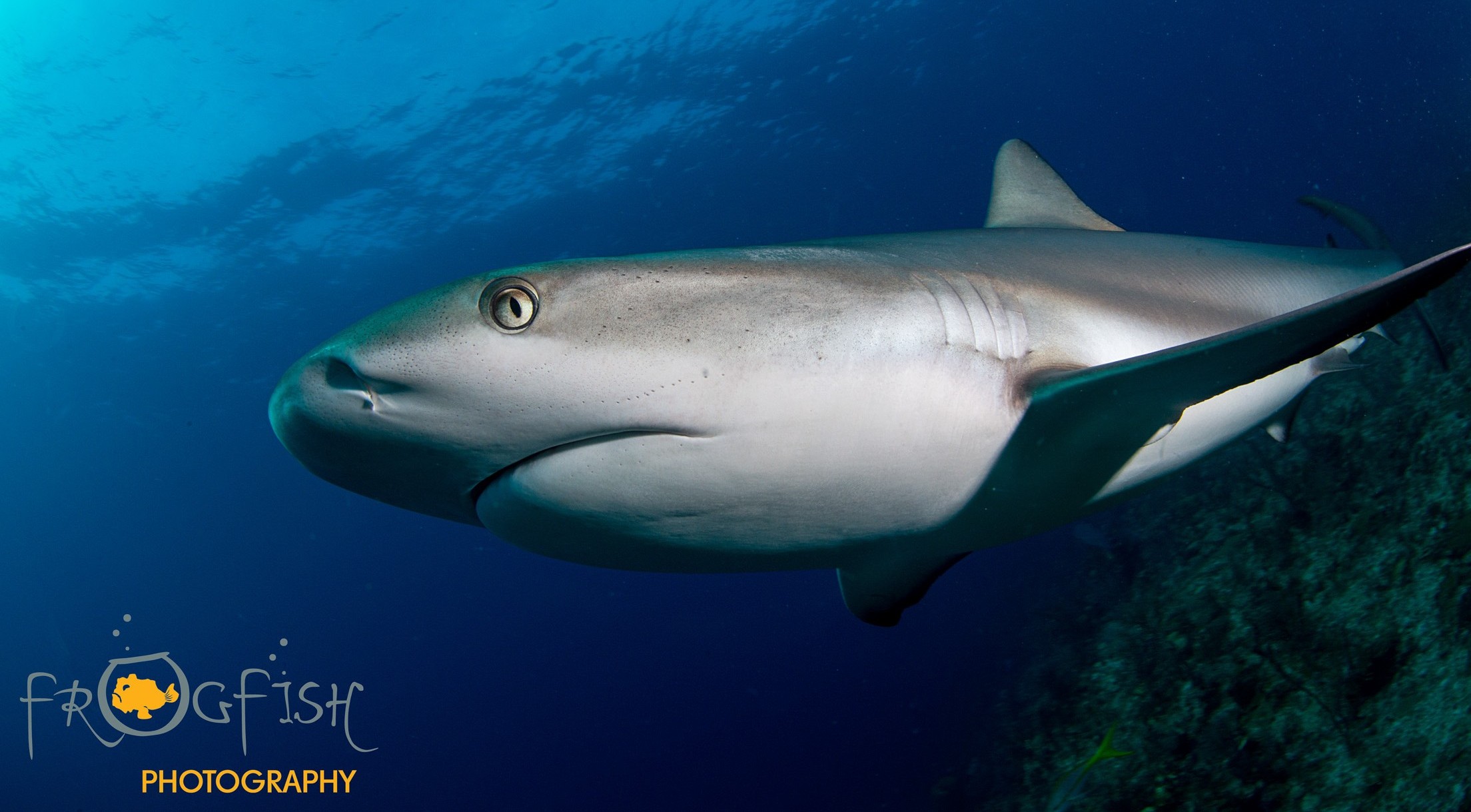
On our second piece about photographing sharks in the Bahamas, we head to New Providence Island, to dive out of Nassau with Stuart Cove. This dive centre is probably the most famous in the Bahamas, and perhaps even the whole Caribbean. Stuart originally opened the centre in 1978 and it has grown into a really impressive operation. Whilst it is a large dive centre, with lots going on, it does not feel like it when you arrive. The staff are all friendly and professional and so you feel comfortable and at home right away. We were greeted by Stuart himself, before grabbing our gear and jumping onto a boat to go and dive with Caribbean Reef Sharks.
There are a number of different types of shark diving here. You can photograph them on the reef, cruising over colourful corals in shallow water. You can photograph them on and around wrecks, which have been sunk deliberately to create new habitats for the marine life and a playground for divers and underwater photographers alike. You can also dive with a shark wrangler on a shark feeding dive, who will feed small pieces of fish to the sharks via a long metal stick. We tried all three and each offers different photographic opportunities.
The reef dive is great for those who want to try this for the first time, and want a more chilled out experience. A metal box with a few fish heads inside is placed on the seabed, away from any delicate coral. The sharks are attracted in by the smell and will cruise around the area. You can then find the most photogenic area, where you want to photograph a shark, and wait. We had around 10 sharks on this dive for a full 80 minutes. We photographed divers with each other alongside the sharks, the sharks out in the blue, as the reef dropped away from the shallows, and also by some beautiful sea fans to show them in their natural environment.
 However, our favourite dive was the wreck dive. Once again, a bait box was taken down by the guide, but this time it was hidden deep inside a small wreck called Big Crab. Again the sharks were attracted in by the smell, and this resulted in a dozen or so reef sharks circling the artificial reef. It made for some wonderful photography. The wreck is in shallow water (less then 10m I think) and the water was warm, blue and clear. We could have stayed there all day! You could shoot from inside the wheelhouse of the wreck looking out through the windows and catching a shark as it cruised past, or you could shoot from outside the wreck to catch the full dramatic effect.
However, our favourite dive was the wreck dive. Once again, a bait box was taken down by the guide, but this time it was hidden deep inside a small wreck called Big Crab. Again the sharks were attracted in by the smell, and this resulted in a dozen or so reef sharks circling the artificial reef. It made for some wonderful photography. The wreck is in shallow water (less then 10m I think) and the water was warm, blue and clear. We could have stayed there all day! You could shoot from inside the wheelhouse of the wreck looking out through the windows and catching a shark as it cruised past, or you could shoot from outside the wreck to catch the full dramatic effect.
Our final dive was the shark feeding dive. This is an adrenalin rush of a dive, as the sharks are moving more quickly and come very close as they position themselves in the hope of getting a fishy snack from the feeder. The “wrangler” will wear chainmail for this dive for protection from accidental nips from overexcited sharks. A piece of fish is taken out of the bait box, one at a time, on the end of a metal stick, and raised up into the water column for a shark to grab. Whilst I preferred the wreck dive, this is a fantastic dive to get great shots with sharks and divers together in the water.
All too soon, it was time for us to move on to the next island for some more shark diving. Next time we visit Grand Bahama to look for tiger sharks and to spend a hard-earned day off playing with stingrays.
Further Information
For more from Nick and Caroline, visit www.frogfishphotography.com.
Blogs
BVI Wreck Week – Diving (Part 3)

![]() BVI Wreck Week allowed us to dive several of the wrecks the BVI has to offer, as well as sampling some of the best reef sites too. Our previous blog focused on the wreck of the RMS Rhone, so in this one we will try to give you a taste of the rest of the diving on offer.
BVI Wreck Week allowed us to dive several of the wrecks the BVI has to offer, as well as sampling some of the best reef sites too. Our previous blog focused on the wreck of the RMS Rhone, so in this one we will try to give you a taste of the rest of the diving on offer.
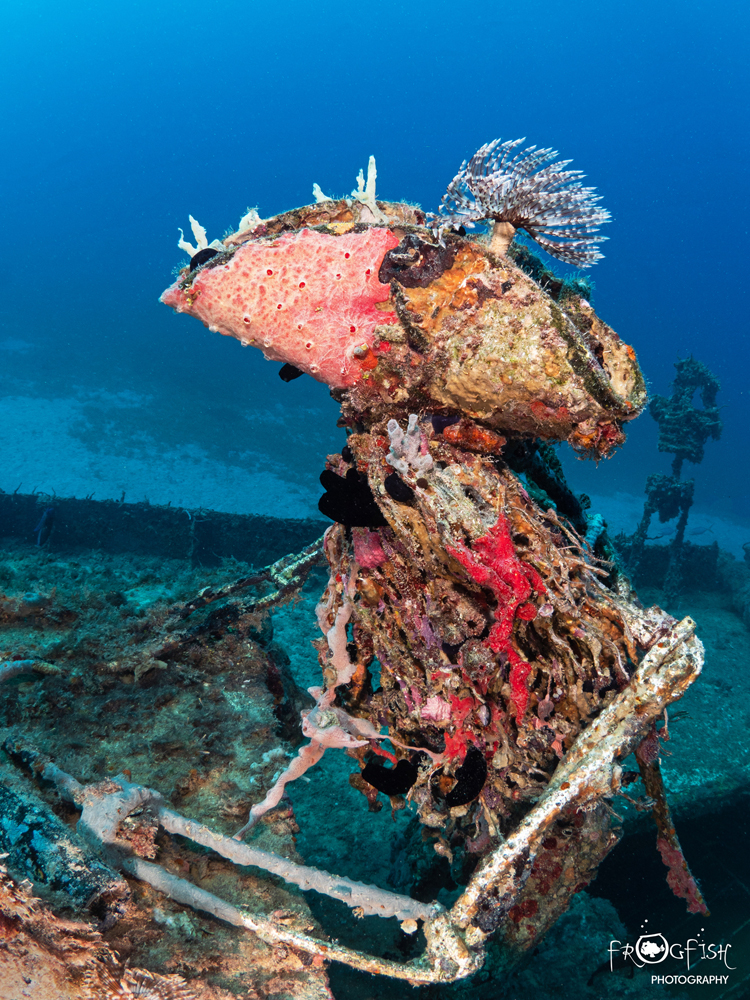
And there is a great deal of wonderful diving to tell you about. Our first day of diving did not offer the best visibility due to heavy rain earlier in the week. However, we were taken to a rugged dive site that had Caribbean and Lemon Sharks swimming all around us. If we had been able to see the usual 20m+ I am sure we would have been able to talk of dozens of sharks on the site.
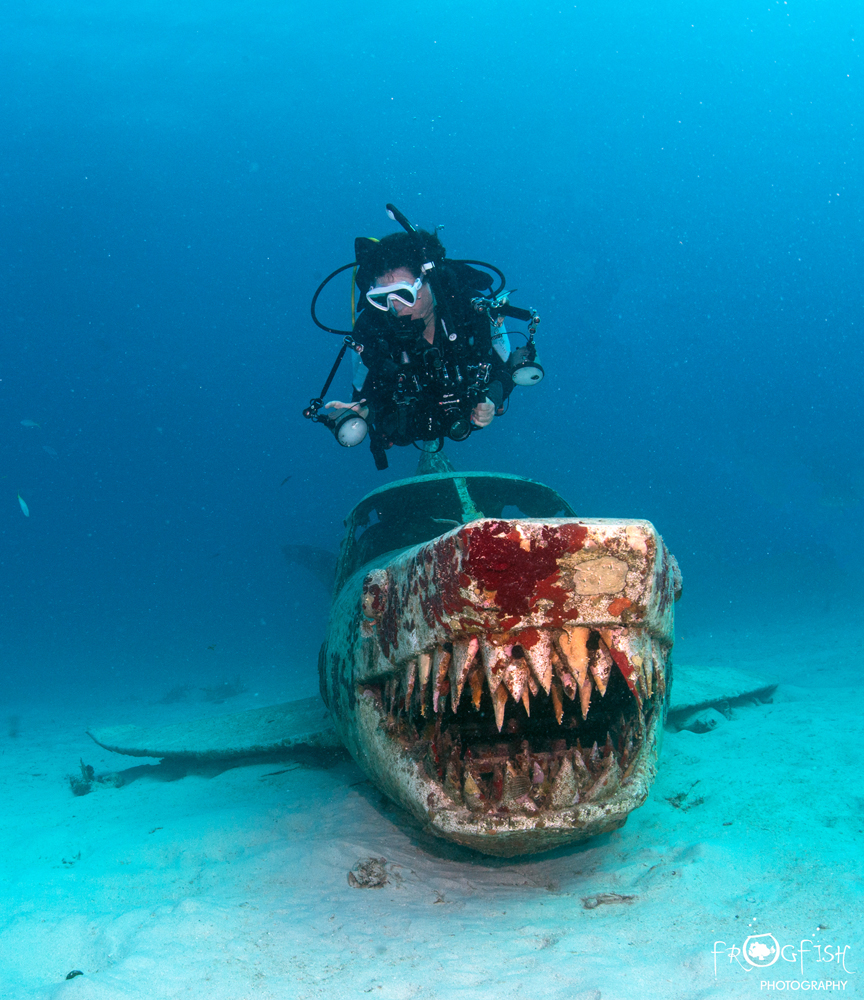
The BVI has plenty of artificial reefs, created from wrecks deliberately sunk. A couple of these are artistic creations from Beyond the Reef. The Willy T is a pirate themed party boat sunk in shallow water that now has skeletons of pirates duelling on the deck and going about their dastardly ways. It is a lot of fun and once you have had your fill, you can head up onto the shallow reef. Shark-plano is a series of three planes that were damaged in a hurricane, that have been turned into shark species and sunk. Both these sites are perfect for the diver that loves a bit of Instagram appeal!
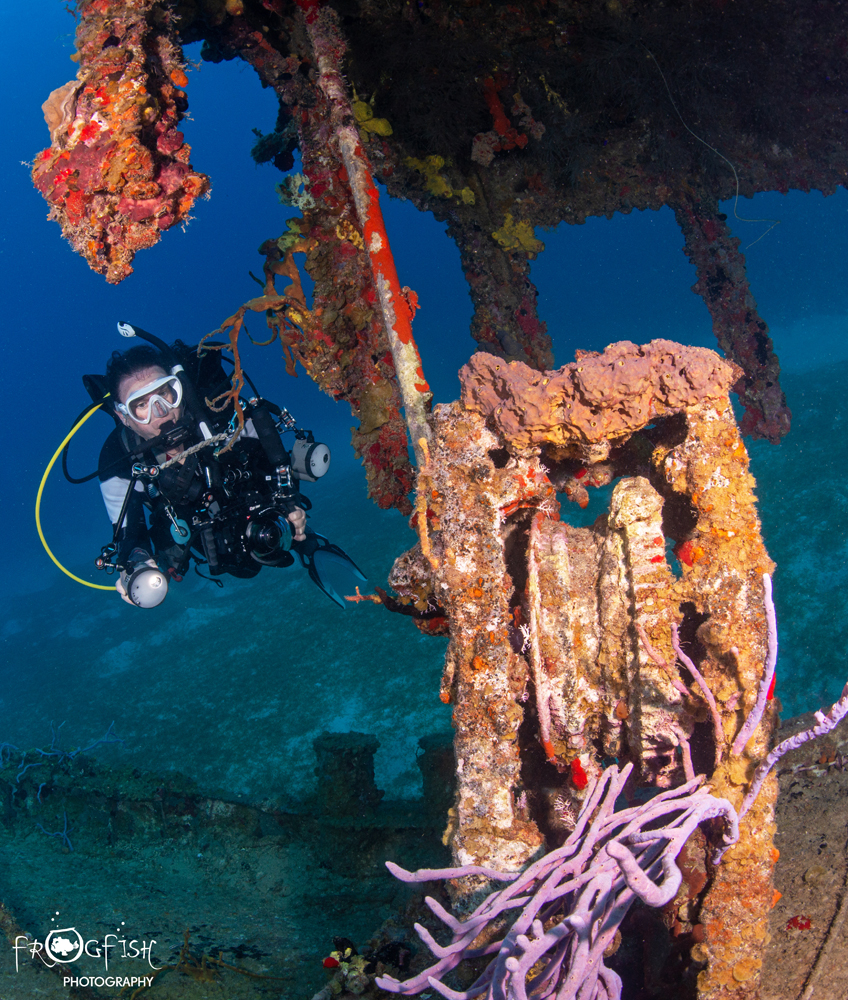
Wreck Alley has a series of three boats sunk to create a super dive site perfectly aligned for a single dive where you can explore them all. Moray eels can be seen free swimming along the decks, huge stingrays back the sandy seabed their home. Turtles cruise past as you make your way around and then up onto the reef for your safety stop.
On every dive we did we saw sharks which absolutely delighted us. The local dive shops seem to be particularly engaged in conserving the reefs, taking part in coral reef restoration, lionfish hunting, cleanups and logging their sightings. We were filled with positivity at the end of each day.
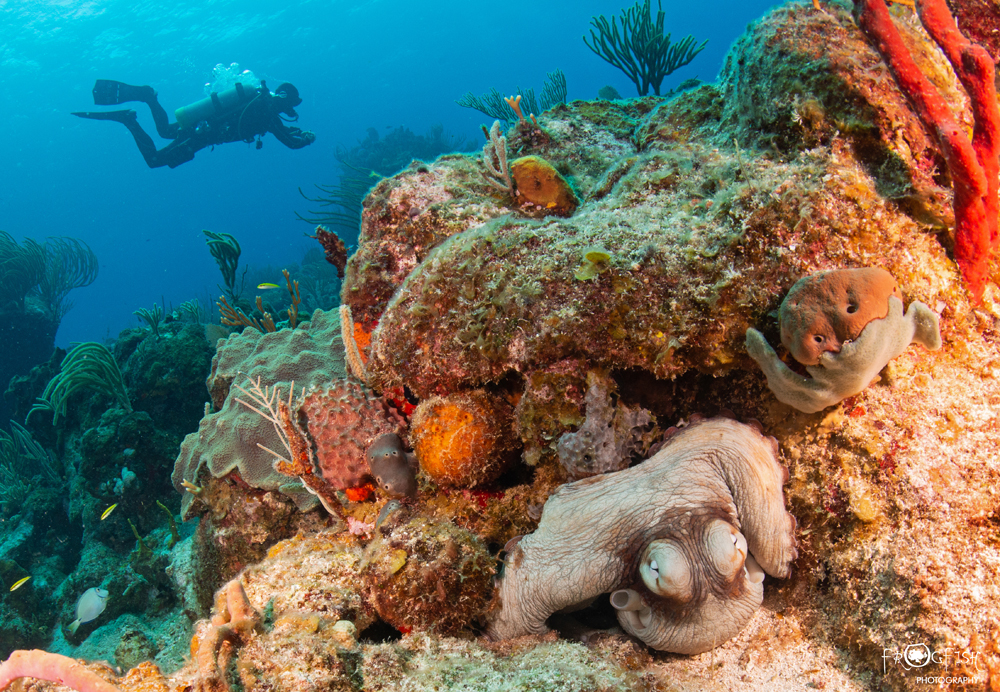
We hope that we can return to do it all again at BVI Wreck Week 2024!
Watch out for our full feature on BVI Wreck Week in the next issue of Dive Travel Adventures coming out in July.
For more information about BVI Wreck Week 2024 visit their website here.
Nick and Caroline were hosted by BVI Wreck Week
The Moorings provided their yacht for the week
Host Dive Centres:
Blogs
BVI Wreck Week – Diving the RMS Rhone (Part 2)
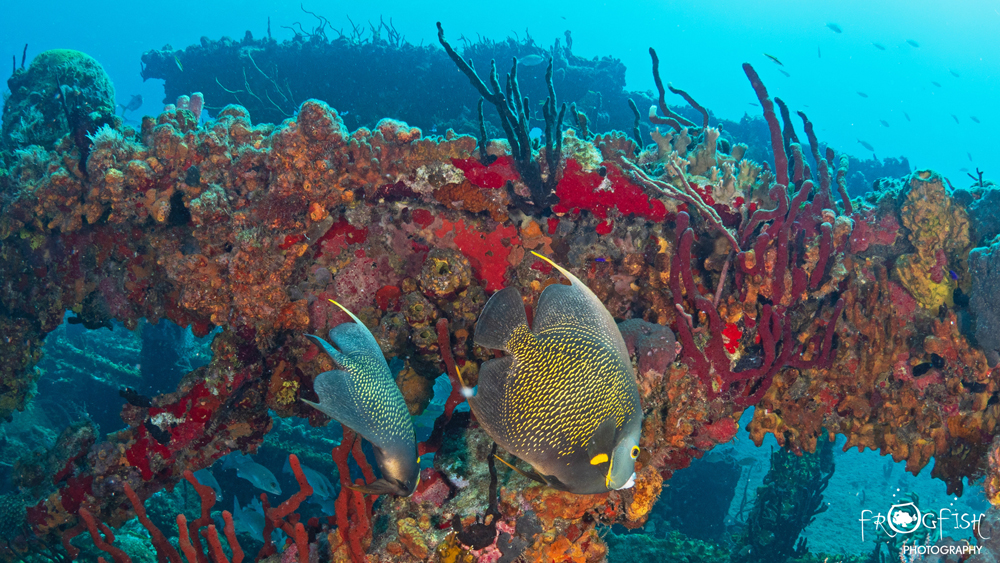
![]() You cannot talk about BVI Wreck Week, or diving in the British Virgin Islands, without spending some time on the jewel in their crown of wreck diving – the RMS Rhone. So this blog is going to be dedicated to a wreck dive that we were happy to dive three times on our trip and would have been happy to dive every day!
You cannot talk about BVI Wreck Week, or diving in the British Virgin Islands, without spending some time on the jewel in their crown of wreck diving – the RMS Rhone. So this blog is going to be dedicated to a wreck dive that we were happy to dive three times on our trip and would have been happy to dive every day!
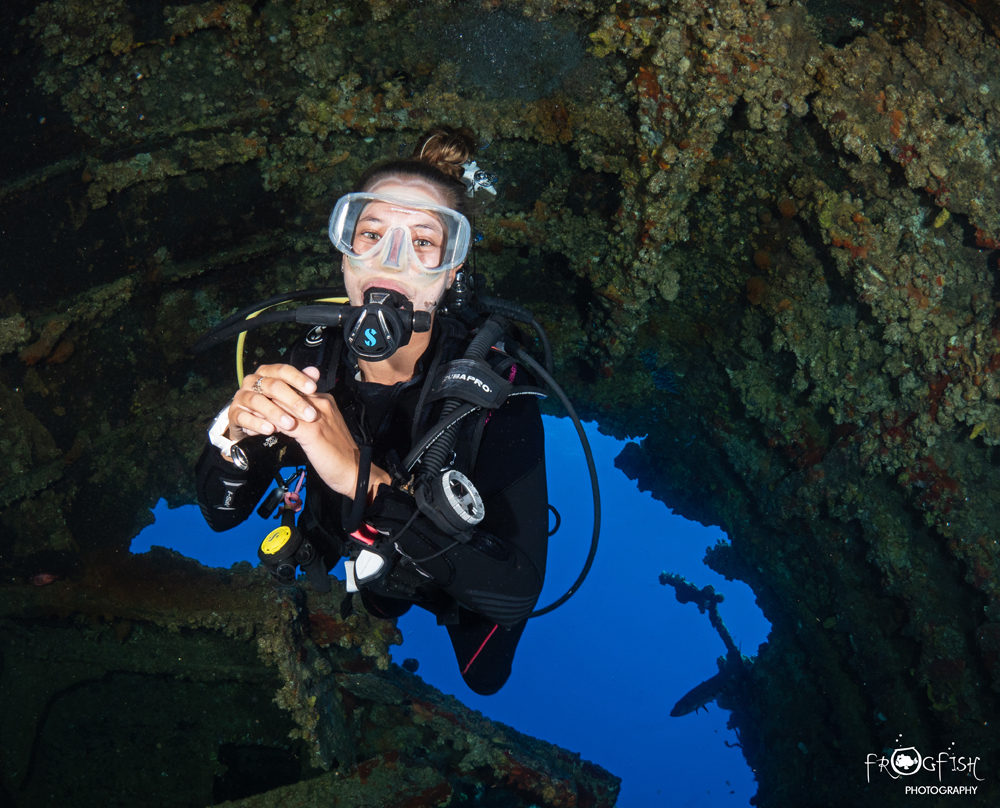
The RMS Rhone was a UK Royal Mail Ship wrecked off the coast of Salt Island on 29 October 1867 in a deadly hurricane. Now it is the most popular dive site in the region. The dive briefings for the site are filled with stories of the fate of the ship and some eye-opening tales since.
The wreck and surrounding area become the British Virgin Island’s first national marine park in 1980. Many of the underwater segments of the 1977 thriller The Deep were filmed on the Rhone, requiring actors Jacqueline Bisset, Nick Nolte and Robert Shaw to learn how to scuba dive.
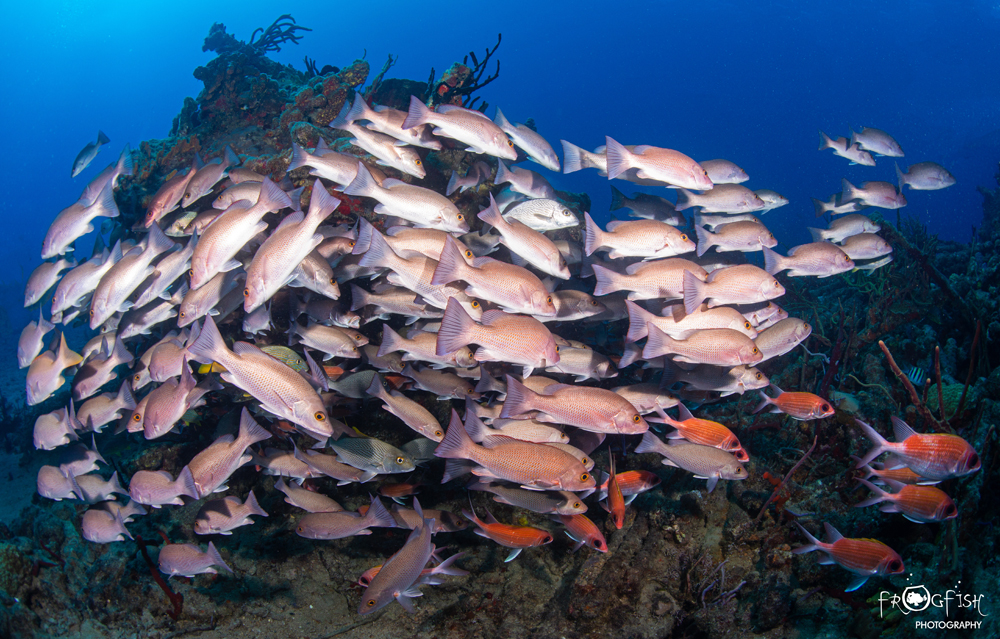
You’ll need at least two dives to fully experience the RMS Rhone. The ship split apart on sinking and the bow drifted just a little before sinking. The two halves are about 100 feet apart with the bow sitting in deeper water (around 25 meters / 80ft). So you are best to explore the bow fully on a single dive and then head to the stern on your second dive.
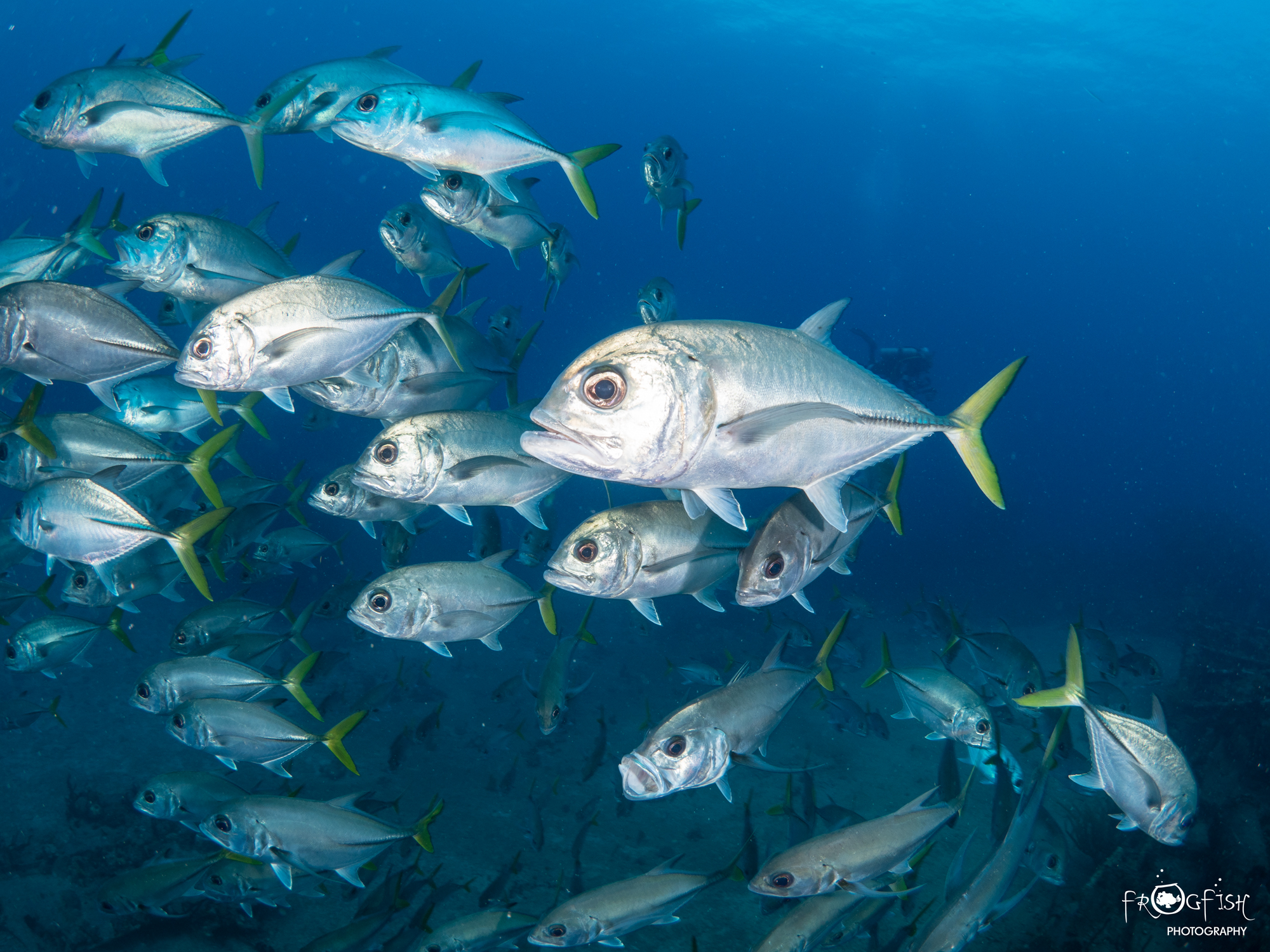
Whilst the history, artifacts and stories from the movies are absorbing, as soon as we got underwater to dive her, it was the incredible marine life that had us hooked. Two seahorses had made their home right at the bow of the wreck. Stingrays lay buried in the sandy sea bed. The structure is covered in colourful corals and sponges. Schools of fish occupy the overhangs and metal remains. We saw sharks on all three dives and were treated to a huge spotted eagle ray gliding over the wreck. Lobsters waved their antennae at us from every crevice. Life is everywhere you look on this dive.
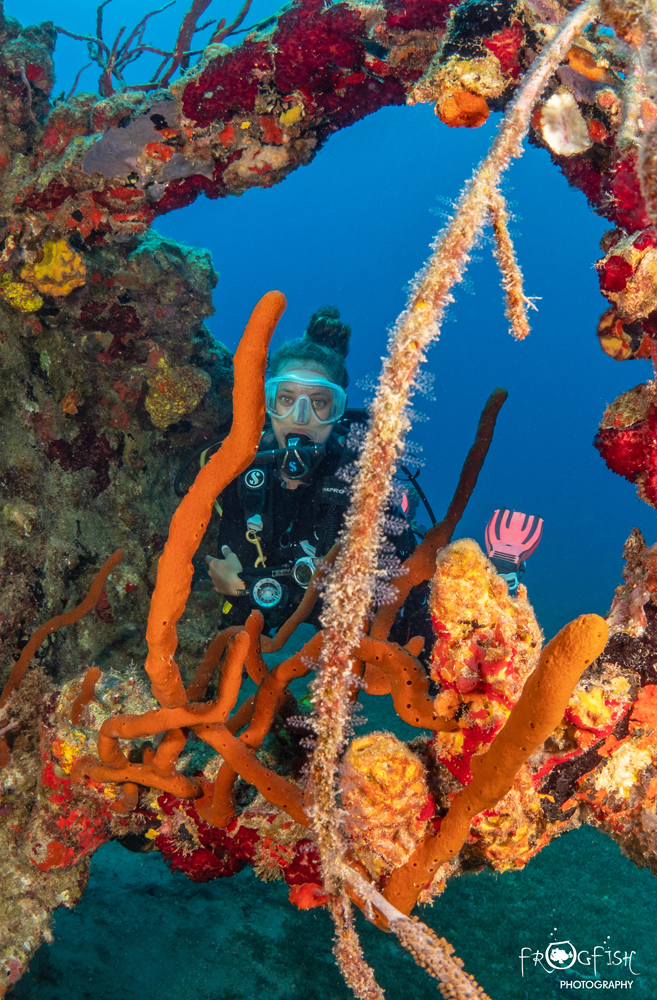
The marine park status has certainly ensured that this is one of the best wrecks we have dived in the Caribbean. Whilst we did not get the chance to do this – we bet it would make an awesome night dive.
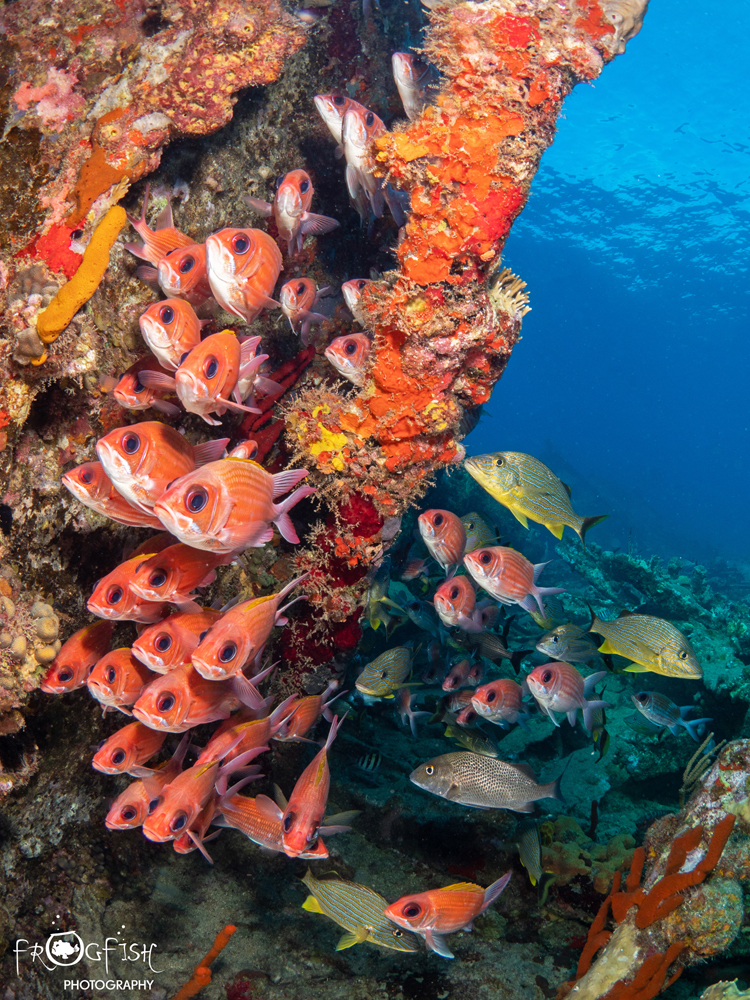
Check out our next blog to find out more about the diving and watch out for our full feature in the next edition of Dive Travel Adventures Magazine in July!
For more information about BVI Wreck Week 2024 visit their website here.
Nick and Caroline were hosted by BVI Wreck Week
The Moorings provided their yacht for the week
Host Dive Centres:






